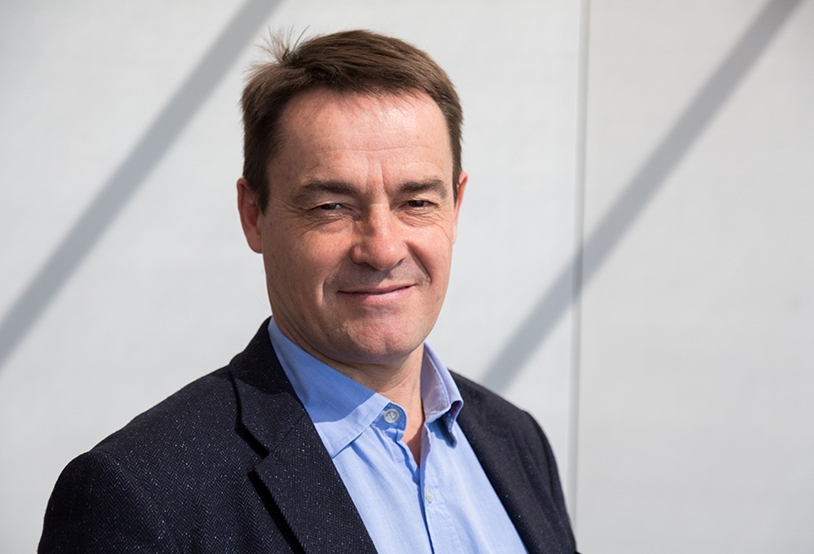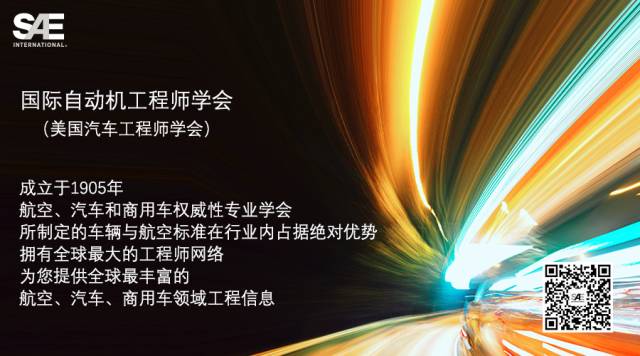 NAWA 认为,公司的纳米结构电极将为电动汽车电池带来阶跃性进展。(图片来源:NAWA)
NAWA 认为,公司的纳米结构电极将为电动汽车电池带来阶跃性进展。(图片来源:NAWA) NAWA Technologies 公司创始人 Pascal Boulanger 坚信,公司将提供一种极具性价比的解决方案,显著提升电动汽车的实用性。(图片来源:NAWA)
NAWA Technologies 公司创始人 Pascal Boulanger 坚信,公司将提供一种极具性价比的解决方案,显著提升电动汽车的实用性。(图片来源:NAWA) 3D 垂直结构的电动汽车电池电极。(图片来源:NAWA)
3D 垂直结构的电动汽车电池电极。(图片来源:NAWA)
除了 3D-UFCE 和 NAWAStitch,NAWA 公司还有另外一项创新:NAWAShell。这是一种采用 VACNT 碳纳米管的混合结构电池。由于采用了复合结构,这种电池的力学强度和电能存储性能均得到优化。Boulanger 认为,未来“NAWAStitch 和 NAWAShell 的结合使用将发挥巨大潜力,创造可以储存能量的多功能轻质坚固材料,比如可以使用这种材料制造车辆的太阳能板车顶,帮助车辆储存更多能量,而且几乎不会增加车辆重量。”
作者:Stuart Birch
来源:SAE《汽车工程》杂志
A French nanomaterials company has developed a technology that it claims can significantly increase the storage efficiency of electric vehicle batteries. NAWA Technologies’ Ultra-Fast Carbon Electrode (UFCE) is a key to bringing EV battery-charging time into parity with gasoline-refueling time, while improving battery life-cycle performance by a factor of up to five, according to company founder and CTO, Pascal Boulanger.
In an interview with SAE International, Pascal Boulanger said the UFCE technology can help deliver 1,000-km (620-mi) operating range for mass-market EVs, with a time of five minutes for an 80% charge. “The uniqueness of the technology is its 3D structure and use of vertically aligned carbon nanotubes [VACNT],” he noted. Each nanotube is formed from a graphene sheet that is rolled in a cylindrical shape. The tubes have “the same aspect ratio [between diameter and length] as a kilometer-long piece of spaghetti, with the electrode being made of a hundred trillion of these tubes!” The UFCE technology is compatible with any advanced battery-cell chemistry, he said.
‘Highest’ ionic conductivity
A major limitation of incumbent lithium-based battery performance is the design and material used for the electrode, Boulanger explained. Existing powder electrodes have low electrical and thermal conductivity, along with poor mechanical behavior when discharged and recharged, and can suffer from safety and life-cycle issues.
He said the micro-structures in today’s electrode material make it difficult for ions to move around, resulting in low ionic conductivity. The UFCE’s patented VACNT design, he claims, combines the “highest” ionic conductivity, thanks to its 3D fully accessible nanostructure, with continuous conductors (the nanotubes) that exhibit optimum electrical and thermal conductivity. These characteristics eliminate thermal runaway issues, Boulanger said.
Mechanically, the VACNT serves as a cage, reducing volume expansion of the electrode and allowing it to operate under less “stress” than powder electrodes: “Put simply, this means the distance an ion needs to move is just a few nanometers through the cell material, instead of micrometers with a plain electrode.” This “radically” boosts the battery’s ability to deliver fast charge and discharge rates, he said. NAWA previously demonstrated this in its next-generation ultracapacitors (known as the Ultra-Fast Carbon Battery), claimed to have “the lowest electrical serial resistance on the market.”
Applying NAWA’s technologies to lithium-based cells would improve battery power by a factor of 10 and energy storage by a factor of up to three, Boulanger stated, with battery life cycle enhanced by up to five – and charging time reduced to minutes instead of hours. “Normally, for a given technology – and that’s the case for batteries using powders – you have to find a compromise,” he noted. “And if you increase energy you will decrease power; if you accelerate [the vehicle] you will consume more. But there is something else in a battery that is absolutely underestimated.”
EV owners have learned that the more you drive, the faster you discharge the battery. Unlike a tank of gasoline, EV energy consumption is not linear. “This will also be the case for our technology – however, at a higher level of both power and energy, meaning that you will have more margin and the ‘over consumption’ will be lower, whatever the state of charge,” Boulanger said. Initial results with NAWA’s development partners, including battery giant SAFT, show that an advanced lithium-ion battery with a UFCE minimally doubles the kW-h stored. “EVs could draw on more power to go faster but farther at the same time,” he said.
Carbon nano-material synergies
The 3D electrode is designed for manufacturability, he said. The VACNT manufacturing process is “very similar” to the production of photovoltaics or industrial glass treatment. Boulanger claimed that nanotubes are “not expensive” to produce: the equipment is proven, and processes are greatly improving both in throughput and yield, keeping costs low. “We envision it can be similar in terms of dollars-per-square-meter to a coating, but with a lower bill-of-materials coming from the natural and sustainable carbon sources. We will have more energy per square meter, the cost of that energy will be lower in terms of dollars-per-watt-hour, too,” Boulanger said.
In moving toward commercialization, Boulanger is aware of the hurdles. “There are various ways of introducing our concept of 3D-electrode to the market,” he said. The easiest way to grow a very thin layer of VACNT on a copper substrate to compete with existing carbon-coated copper substrates already in use in the battery industry. This method will yield electrical performance and anchoring of the electrode material that is superior to the incumbents and can be ready in small volume production in 2021, he said. Longer term, a real 3D and thicker UFCE “could be on the market in low volumes by early 2023 in 3D electrode form, reaching mass production in 2025.”
Potential applications of NAWA’s UFCE technology extend into hydrogen fuel cell systems. One uses NAWACap ultra-capacitors to harvest energy that would otherwise be lost. The UFCE also can serve as an electrode for the fuel cell membrane “because VACNT are known to be able to reduce the loading of platinum,” thus saving cost, Boulanger said. And materials developments by another NAWA Group unit can reduce the weight and improve the strength of the hydrogen carbon-composite storage tank.
NAWA America, based in Dayton, Ohio, focuses on the commercialization of multi-functional, ultra-strong composites. Its NAWAStitch concept comprises a thin film containing the same trillions of VACNT arranged perpendicularly to carbon fiber layers. Acting as “nano-Velcro,” this reinforces the weakest part of a composite - the interface between the layers – designed to greatly improveresistance to shear and shock loading, stated Boulanger.
The 3D-UFCE and NAWAStitch are complementary to another innovation: NAWAShell. A structural hybrid battery incorporating VACNT, it provides both enhanced mechanical strength and electrical energy storage within the core of the composite structure. In the future, Boulanger sees “enormous potential in combining NAWAStitch and NAWAShell to create ultra-strong, multi-functional lightweight materials that can also store energy – for example, a solar roof panel in a car that could generate energy stored within the roof, with almost no additional mass to the vehicle structure.”
等级
打分
- 2分
- 4分
- 6分
- 8分
- 10分
平均分
